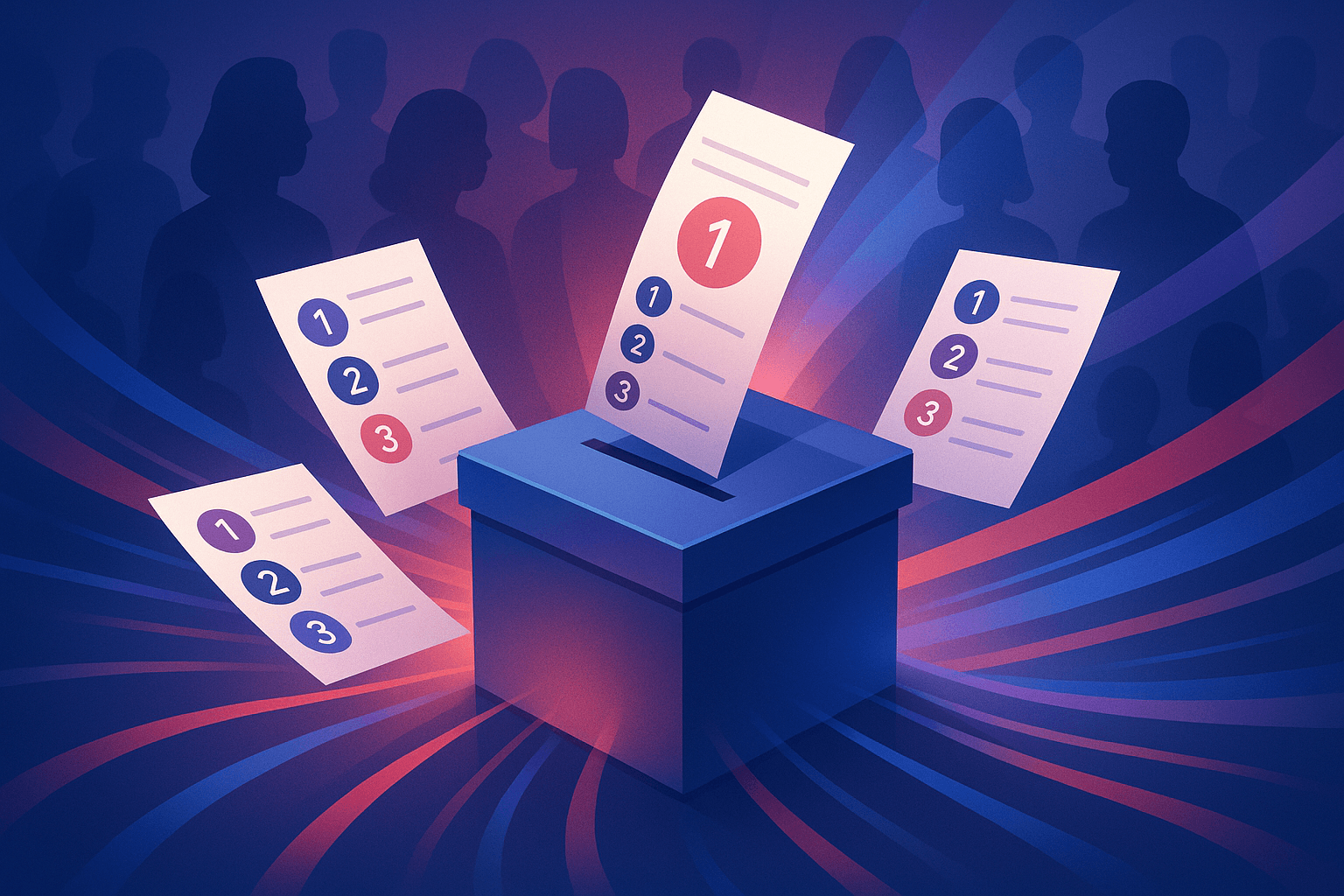Why South Dakota May Be Next State to Adopt Nonpartisan Elections
In South Dakota, a handful of 2016 ballot initiatives call for sweeping changes in the state's electoral system. Three amendments to the state's constitution have been proposed, detailing reforms to primary elections, political redistricting, and campaign finance laws.
One amendment in particular would establish a nonpartisan open primary system similar to the primary elections used in Nebraska for state legislative races. This means that candidates running for any elected office do not run under a party banner, and no matter what office a politician is running for, all candidates and voters participate on a single primary ballot. The top two candidates then move on to the general election.
Drey Samuelson and Rick Weiland, the founders of TakeItBack.org and sponsors of the new amendment, argue that the current partisan system is divisive, creates a gridlocked environment, and does not encourage cooperative legislation.
"People in this country are increasingly suspicious of each other, and the partisan system is completely dividing the country," Samuelson said in an interview for IVN. "One of the best solutions to this problem is an open primary system. This would encourage cooperation rather than division."
Samuelson and Weiland cite Nebraska's election and political models as having "shown the path" to a more functional government, a claim supported by a recent Open Primaries study.
“The Nebraskan nonpartisan system offers a model of effective and transparent government, voter inclusion, and social innovation for both issue advocates and political reformers across the country,” the study found.
Samuelson said the focus right now is getting the signatures needed to secure a spot on the November 2016 ballot. He said that TakeItBack.org has not encountered much opposition to date, but he expects that to change as interest grows.
The initiative requires 27,741 valid signatures in order to be included on the ballot.
TakeItBack.org is a nonpartisan organization dedicated to using "the initiative and referendum process to advance needed political and policy reforms to take our government back from the stranglehold of wealthy special interests," and aims to recreate a government by the people and for the people.
"We’re at a critical juncture, and neither of us feel comfortable simply watching from the sidelines, wringing our hands," Weiland states.
Photo Credit: vepar5 / shutterstock.com



